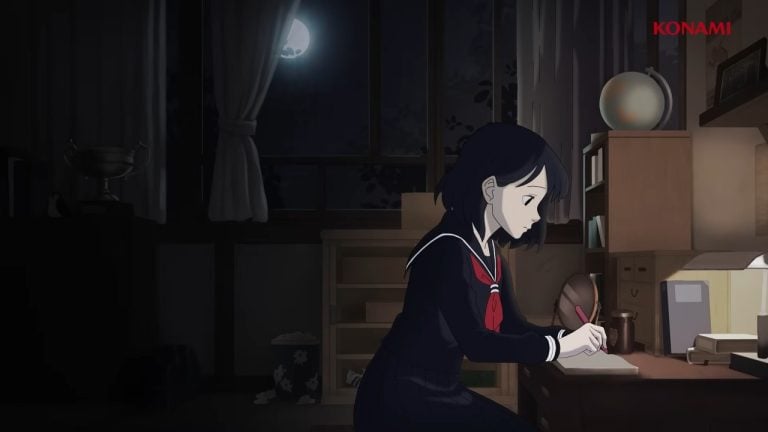Kadokawa, a major Japanese publisher and owner of many famous animation studios, is looking to raise the production value of anime. In a recent interview with Otaku Soken, Kadokawa’s Chief Studio Officer Go Kikuchi and producer Junichiro Tamura talked about the key correlations between expansion to the global market and anime production becoming higher budget. They also mention the importance of having the revenue trickle down to actual animation staff, with the somewhat humorous goal of “making all their animators able to afford a Benz.”

Kikuchi believes that the key to being able to raise the production budget for anime lies in expanding their business to the global market. As an example, he compares the American animation industry to Japan’s – “Why is there such a difference in unit cost between an American Disney production and a Japanese animation production? – That is because Disney’s target market is the whole world.”
“If we create anime under Japanese standards, that means we’re limited in how much we can spend on production budget. However, if we aim to sell under global standards, Japanese content itself needs to change. So, we created overseas branches to sell our works globally. We give out directions to each branch and do localization, and that way keep generating revenue from the market. […] Right now, we are making good anime, but we still haven’t completely sorted the means of putting them on the market.”

He brings up how Korean dramas, for example, are made in high-budget productions, but that is because they are watched all over the world. Going by the same logic, anime could meet similar kind of success if the production budget is raised – and Kikuchi believes Japan is up to that task.
Kikuchi presents this as a way to further expand Kadokawa’s business to the international market and gain more revenue. However, he also emphasizes the importance of correctly using said revenue. He states that, right now, despite production costs already rising in the industry, the funds aren’t being properly distributed yet.

“If we manage to redetermine how assets are distributed between production companies and staff, there may be a future in which all of the production studio staff could be riding a Mercedes Benz.” Given that the industry doesn’t have enough skilled animators to work on feature-film quality production, and considering many of those already working in the industry have experience with being overworked and underpaid, it makes sense that raising the production budget would not just be crucial for international expansion, but also a way for their animators and the company staff to earn more and afford a higher living standard.
“The industry as a whole,” he emphasizes, “must raise the production budget and earn money via the global market.” He says, “Brazil and Mexico are a goldmine,” listing them alongside countries like India as new potential candidates where the anime industry could thrive.






While opening up overseas product branches sounds like a good idea how using Disney as a standard is kinda strange especially since they have been releasing several animation flops against their high production value. Funnily enough Sony pictures animation would be a better standard since their budgets are cheaper than Disney yet still higher than anime.
Dear Kadokawa, the reason that your animators are not riding in a Mercedes Benz is because you use Chinese and Indian animators whom you pay scraps, localisation and distribution has been an afterthought until now. You can throw billions to a anime, but if the story sucks it aint gonna sell. Make anime for Japanese people first, and then sell overseas by making a online streaming service like Steam is for gaming, but hosted from Japan and with Japanese moderators and free from activist femminism.
Anime is only good as a source of cultural export within the paradigms currently present in Japan. Therefore changing standard at the level of style, intent, cultural purpose, audience expectations, and design philosophy will come at the cost of all that matters for the sake of profit. While any studio can use money and metrics to force works to meets sales metrics, making things for an audience that cares is far more important at a genuinely existential level. Why have art at all if it is simply a tool for profit, and has no real merit otherwise? At that point just invest in an established market and close up shop.